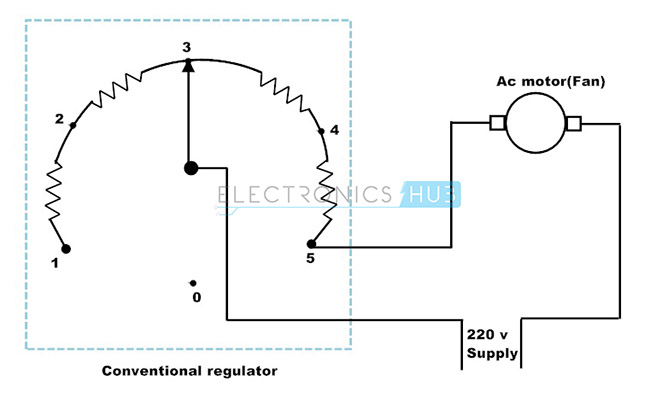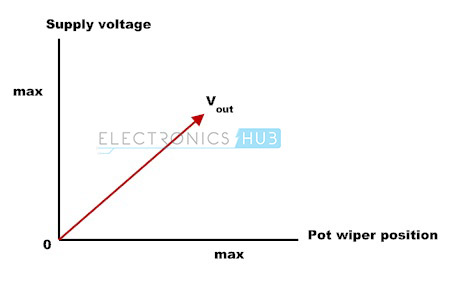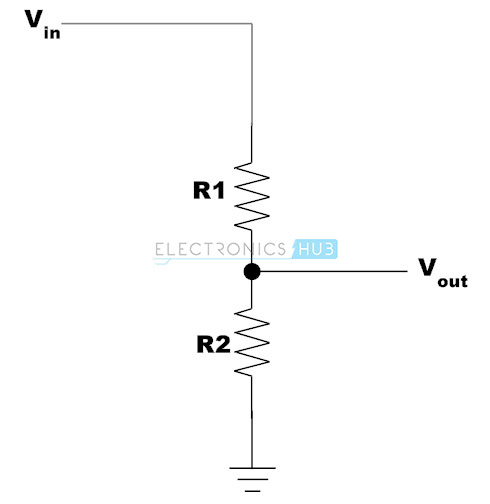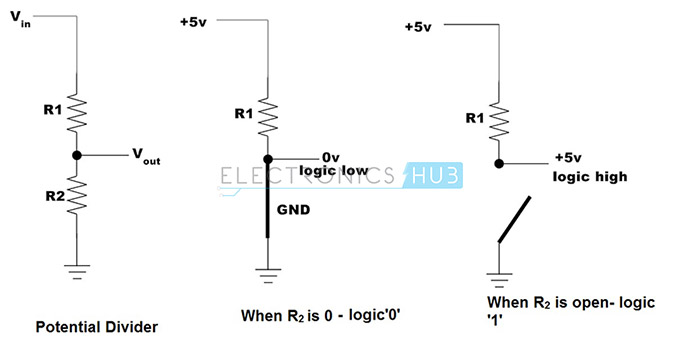I will also discuss about different digital circuit logic and how digital number system is used to represent the analog voltages. This tutorial will be a brief introduction to Number Systems and individual number systems are discussed in separate tutorials.
Introduction
The most common method of communication among human beings is talking. Two people who understand the same language can communicate with each other more rapidly and efficiently by talking than by any other method. In olden days navies have used signal flags; blinking lights and arm motions for communication between ships (this is called semaphore, the code of arm motions). When airplane without a radio approaches an airfield to land, it gets signals from a light gun in the tower.
Basics of Number System
The ideas of counting the man, materials have been slowly developed and over a period of time the number system has taken its place in the mankind. Thus, different kinds of computational methods rapidly being improved and developed expanding various methods and solutions in the field of science and technology. Most advanced, effective ways were invented using the number system architecture. The birth of a computer is originated by implementing different types of understandable codes. The normal number system which we use in our daily life is known as decimal system, in which ten basic symbols called digits namely 0, 1, 2,…9 are being used. With the help of these 10 digits any number can be written and this decimal system is also called as place value system, means that the value represented by a digit depends on the place of the digit within the numeral. As we are using 10 digits for representing the numbers, ten is called the base of the decimal system. Ex: 2410, means 210 + 4 = 24 in decimal number system. The design of first electronic computers was vey cumbersome as they used the decimal system, which required ten distinct levels for each order. The defining and maintaining these 10 levels has become a great problem. So, a simple On –Off system which is also called as binary system was adopted. The complete computer systems replaced the decimal system with this new revolutionary binary system. In binary arithmetic a quantity either exists or does not exist. This type of decision making is comparatively easy to implement with the logic circuits, where a voltage either exists or does not exists at the output of each sub-logic blocks. This can be called as ‘base-two’ system. Ex: 112 means 12 + 1 = 3 in decimal number system (310). BACK TO TOP
Binary Digits
All the computer systems communicate and operate with the binary numbers which use only the digits 0 and 1. The devices which are having two possible states will only be adopted. The following are some of the examples of these devices:
A transistor is allowed to operate at cutoff or in saturation but not in its active region. A switch may be opened or closed. A statement may be characterized as True or False.
A BIT is a simple way to express Binary digiT. It is a unit of information expressed as a choice between two possibilities. Here there are two possibilities of information which are either Zero or One. In this binary language the first (or OFF) state is called ’0’, and the second (or ON) state is called ‘1’. BACK TO TOP
Analogue Output
The electronic signals represent reality. For example the temperature or pressure can be represented as ‘equivalent’ electronic signals. Such representations are of two basic types. They are Analogue and Digital. That means all the electronic circuits and systems can be divided into two major groups. They are Analogue and Digital Systems. As the name denotes, all the analogue systems and circuits are analogous in nature, that means the circuits and the components are interdependent one among the other. As they are interdependent on each other and all the components follow some load line (i.e. Some equation) the output voltage is continuous, because this voltage can have an infinite number of values. For example the ceiling fan speed will vary according to the fan regulator position. The more the regulator knob rotates, the more the speed that means the ceiling fan will get more voltage by reducing the resistance of the regulator. The position of the knob indicates the fan speed.
BACK TO TOP
Analogue Output Representation
Another example of analogue output is a simple potential divider which is generally used to reduce the DC voltage level to a desired level.
Here, the Vin = DC input voltage, Vout = DC output voltage; Then output voltage is given as Vout = Vin x R₂ / (R₁ + R₂) For example if Vin = 15 V DC, R₁ = 10 kΩ and R₂ = 5 kΩ, Then the output voltage Vout will be 5 V DC. Here the output voltage Vout varies continuously based on the input voltage Vin applied across the resistors R1 and R2. Hence potential divider output is analogue in nature. BACK TO TOP
Digital Output Representation
Digital signals are the basis of the modern computer. The digital voltage output levels are always “0” or “1”, it means either the voltage exists or not exists. For better understanding the binary output, the same potential divider example can be considered to explain the digital outputs (0 or 1). Here a constant 5V DC input has been taken and fed to the potential divider having a resistance R1 and the other resistance R2 as shown in figure.
If the resistance R₂ is zero, the ground voltage 0 Volts will appear at the end of the R₁ and the Voltage output will become 0 Volts and this voltage is called as LOW in the Digital language In contrary, if the resistance R₂ is eliminated from the above circuit that is, the resistance R₂ is open or infinity in nature, then the output voltage will be same as input voltage because no action has taken place and this voltage is called as HIGH in the Digital language. BACK TO TOP
Digital Logic Levels
There have been a number of revolutionary developments in the field of electronics wherein some cases changed the courses of history. The first solid-state device came as transistor (which was named comprising the words Transfer resistor). Typically, people started calling the portable radios as Transistors. The next revolution was the integrated circuit (IC) in the early sixties. The integrated circuits were taken further steps enabling the high speed computer invention. An Integrating circuit is a single functional block which contains many components like transistors, resistors, capacitors, etc., and the major advantage of this IC is the size. Electronic components need external connection leads as they require input, output, supply voltages, etc. (ex: Diode need two leads, transistor needs three leads). In an IC the terminals that are necessary for the purpose of operation being made available externally. Logical 1 and 0 are represented in most modern logic systems, by voltage levels. There are some acceptable rules for the definition of these logic levels in digital systems. They are positive logic or active high levels and negative logic or active low levels which are ‘1’ and ‘0’ respectively. The simplest approach to convert the logic designation to the other is, by complementing all logical functions. Based on such logic designations there are five major categories for designing these logic circuits. They are:
Direct-Coupled Transistor Logic (DCTL) Resistor Transistor Logic (RTL) Resistor- Capacitor Transistor Logic (RCTL) Diode Transistor Logic (DTL) Transistor -Transistor Logic (TTL)
BACK TO TOP
Transistor – Transistor Logic (TTL) Levels
In the year 1964, Taxas Instruments introduced this Transistor- transistor logic (TTL) which is widely being used in the digital device family. Most IC manufacturers offer TTL circuits; therefore they are readily available from all the distributors. The typical TTL ICs standardized the input and output characteristics, making possible interchangeability and ease of procurement. The standard numbering system used for TTL is two letters followed by either 54 or 74. The fundamental circuit for the TTL logic is NAND gate.
Supply Voltage: 5.0 V Logical 0 Output Voltage: 0 – 0.8V Logical 1 Output Voltage: 2. – 5V Noise Immunity: 0.9 – 1.9V
The below table will give an idea of the logic families which are generally in usage.
SNOParameterRTLI2LDTLHTLTTLECL 1Basic GateNORNORNANDNANDNANDOR-NOR 2Fan-out5Depends on Injector Current81010 to 2025 3Power Disspation in mW126 mm to 70 µM8 - 12551040 - 55 4Noise ImmunityNominalPoorGoodExcellentVery GoodPoor 5Propagation Delay (in sec.)1225 - 2503090100.75 6Clock Rate (MHz)8-72435> 60 7Available FunctionsHighLSI OnlyFairly HighNominalVery HighHigh
BACK TO TOP
Binary Numbers Summary
The normal number system which we use in our daily life is called decimal system and it contains 0 to 9 digits (10 digits). This system is also called as place value system, means that the value represented by a digit depends on the place of the digit within the numeral. Unlike decimal system a binary system is consisting of only two digits, which are 0 and 1, these two digits are called as BITs. There are two major groups of systems in the electronic circuits and computer systems. They are called as Analogue and Digital systems. The analogue systems are the systems in which the output signal varies continuously. In digital systems, the output signal consists of only two levels. They are high and low.
BACK TO TOP Next – BINARY CODES Comment * Name * Email * Website
Δ









![]()